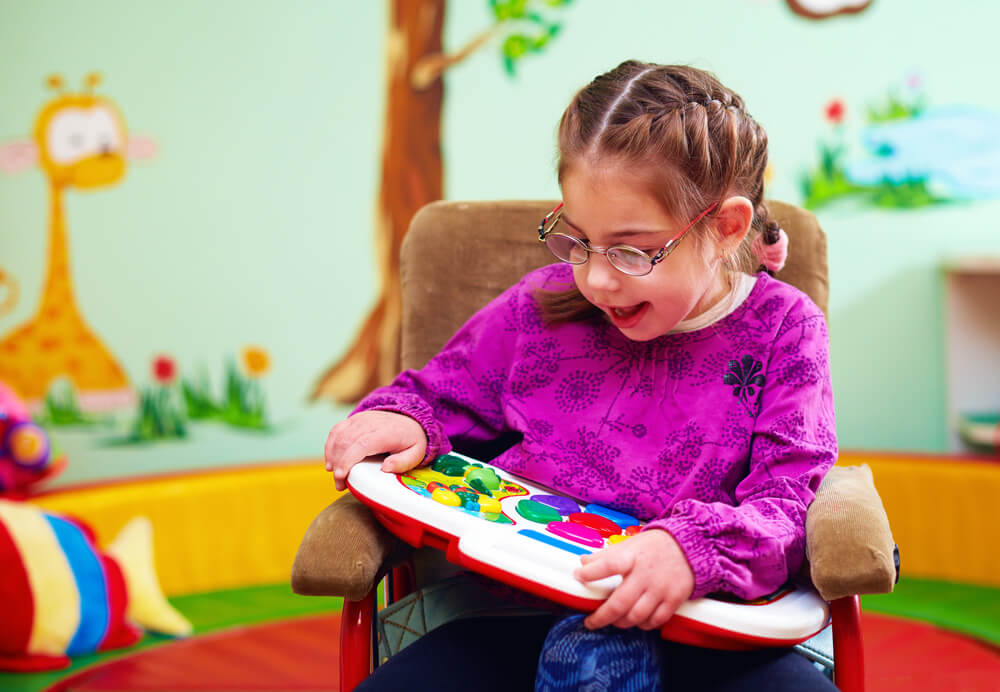What is Cerebral Palsy?
Cerebral palsy is a disorder that affects the brain and causes motor deficiency. The cause is not always known, but it typically occurs while a child’s brain is still developing. The brain damage usually happens before, during, or shortly after birth and can end up being a lifetime disability for the affected child.
Cerebral refers to the part of the body affected, and palsy refers to paralysis of voluntary movement across parts of the body.
Because symptoms arise early (usually during the first three years of life), it is important to learn how to spot them quickly and consult with a specialist before beginning treatment.
Some quick facts about cerebral palsy:
- Cerebral palsy is not contagious
- It is not progressive, meaning it does not get worse over time
- In fact, some people find that symptoms actually improve over time

